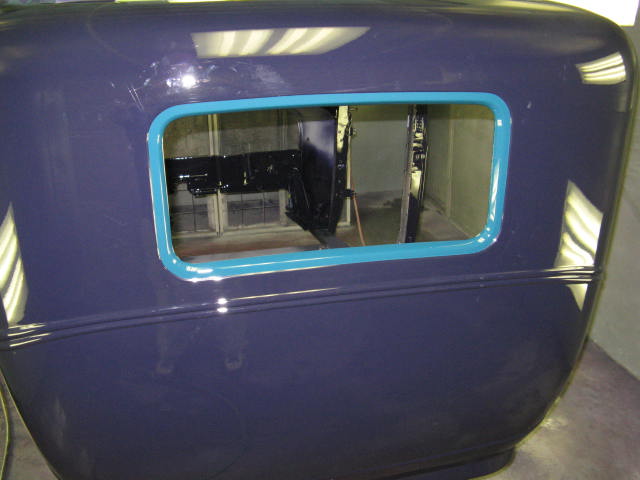"Where Performance and
Perfection are a Passion"™

Copyright © 1997 - beyond, B. Terry Vintage Automotive
All Rights Reserved.
Reproduction or publication prohibited without permission.
This website is not affiliated with the Ford Motor Company.
The Ford logos are trademarks of the Ford Motor Company.
